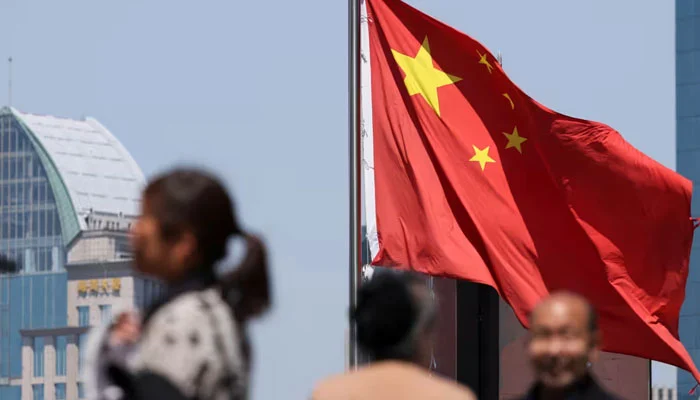Select Language:
China launched a new visa program on Wednesday designed to attract international talent in science and technology. This move is part of China’s ongoing strategy to position itself as a global leader in these fields, especially as the United States makes recent changes to its immigration policies.
Announced in August, China’s new K visa streamlines the immigration process for qualified applicants. Unlike many other visa types, this visa does not require an invitation from a domestic employer or organization. According to state media, the K visa offers increased convenience, including more flexible entry permissions, longer validity periods, and extended stay durations.
The official criteria specify the target group as “young foreign scientific and technological talents,” though details regarding age, educational background, and work experience remain unclear. Visa holders will be permitted to participate in activities such as educational exchanges, cultural initiatives, scientific research, technological development, and related entrepreneurial ventures.
Meanwhile, across the Atlantic, the U.S. tech sector has been unsettled by unexpected adjustments to the H-1B visa program implemented by the Trump administration last month. The H-1B visa allows U.S. companies to sponsor foreign professionals, including scientists, engineers, and software developers, to work in the United States for up to three years, with the potential for extension to six years. The recent policy now includes a one-time fee of $100,000, which has raised concerns. Indian nationals constitute nearly 75% of annual lottery-based H-1B permit recipients.
A People’s Daily article responded to rumors suggesting that China’s new visa might trigger a broad immigration crisis. It emphasized confidence in Chinese culture and dismissed fears of a mass migration problem, asserting that such “immigration crises” are unlikely to occur.







